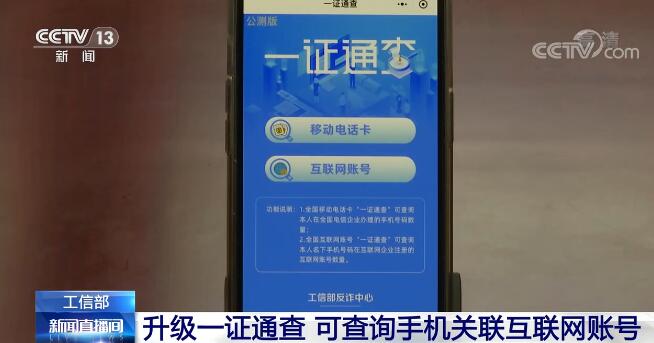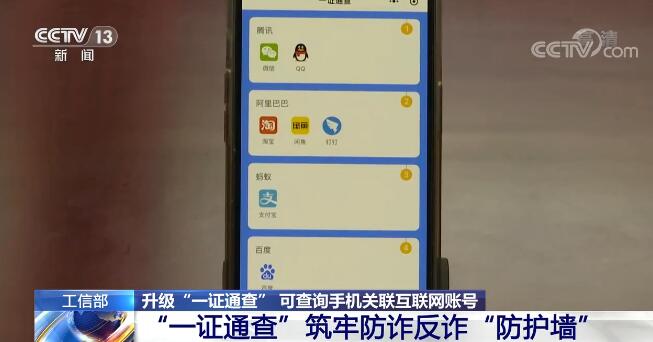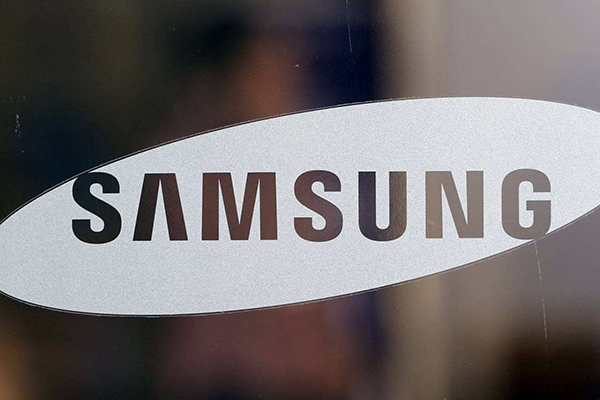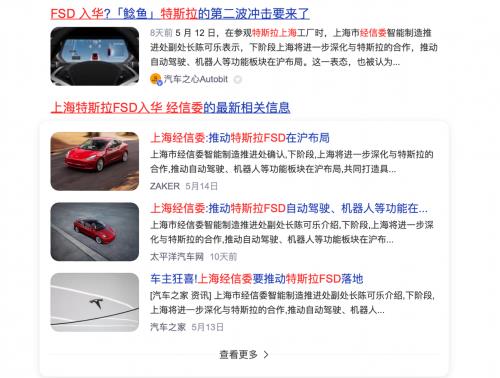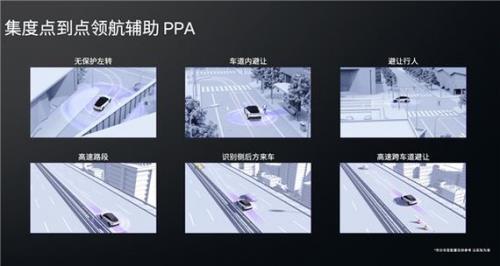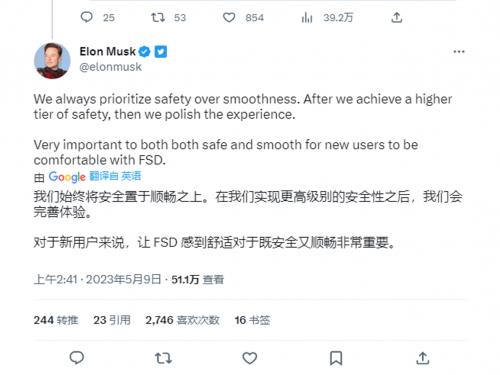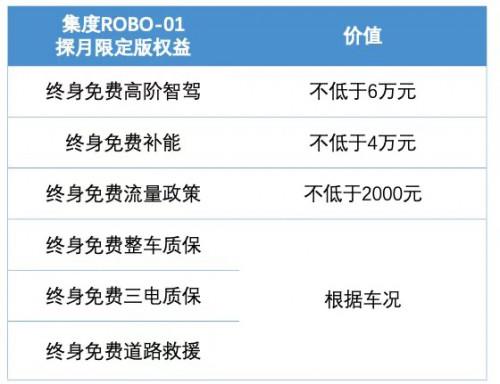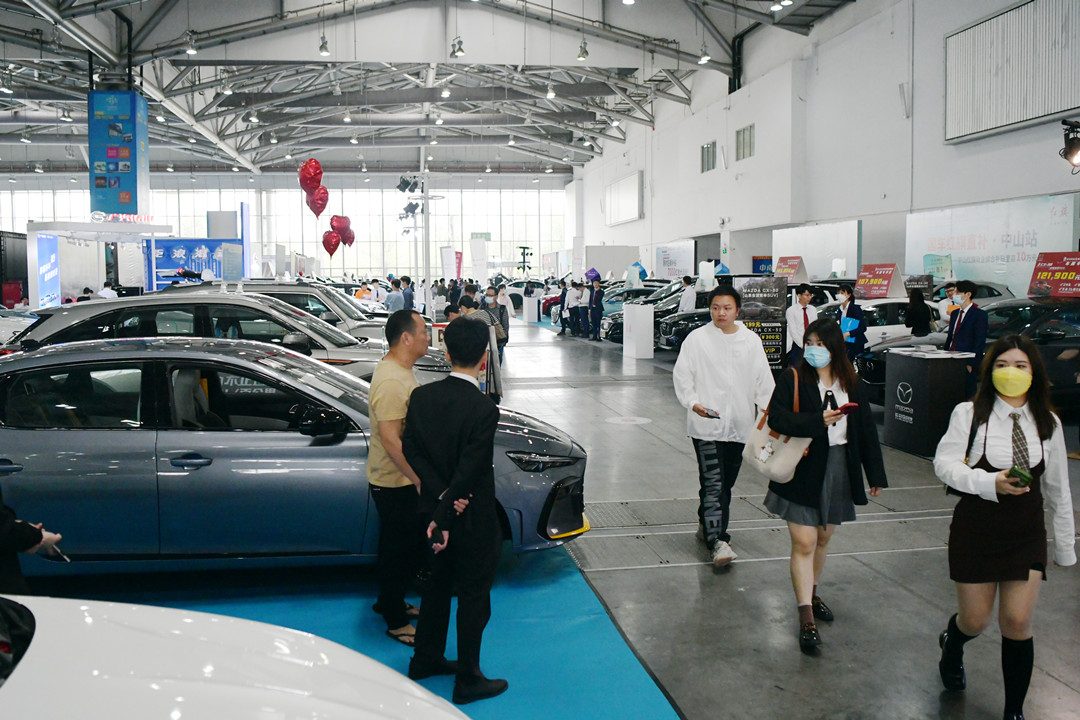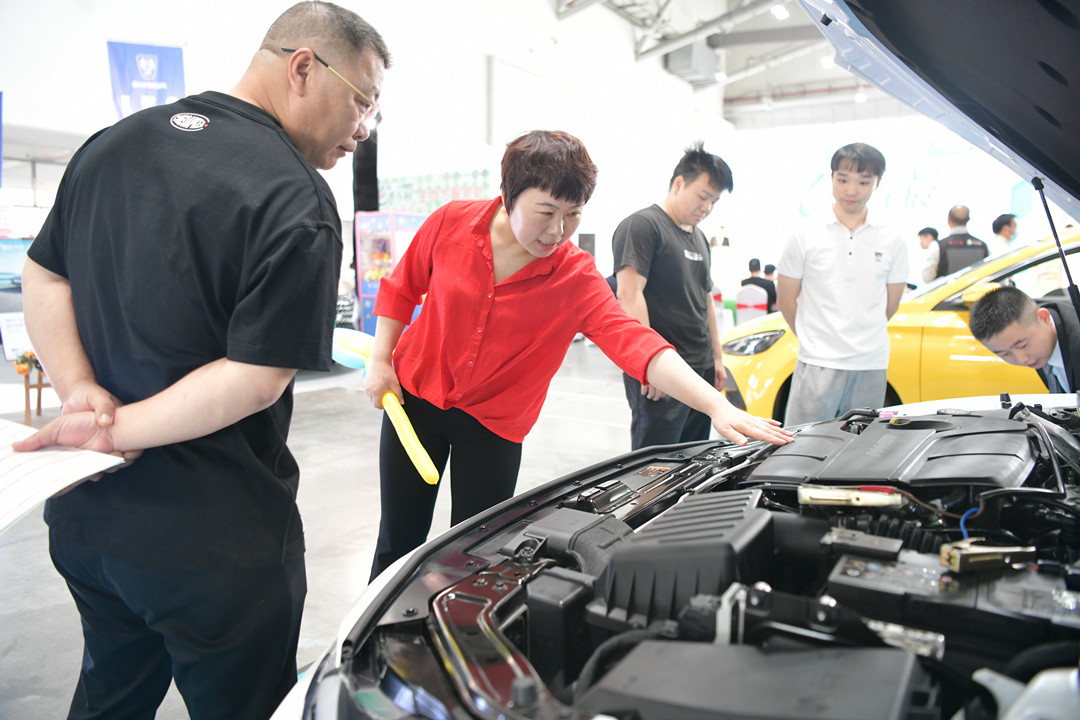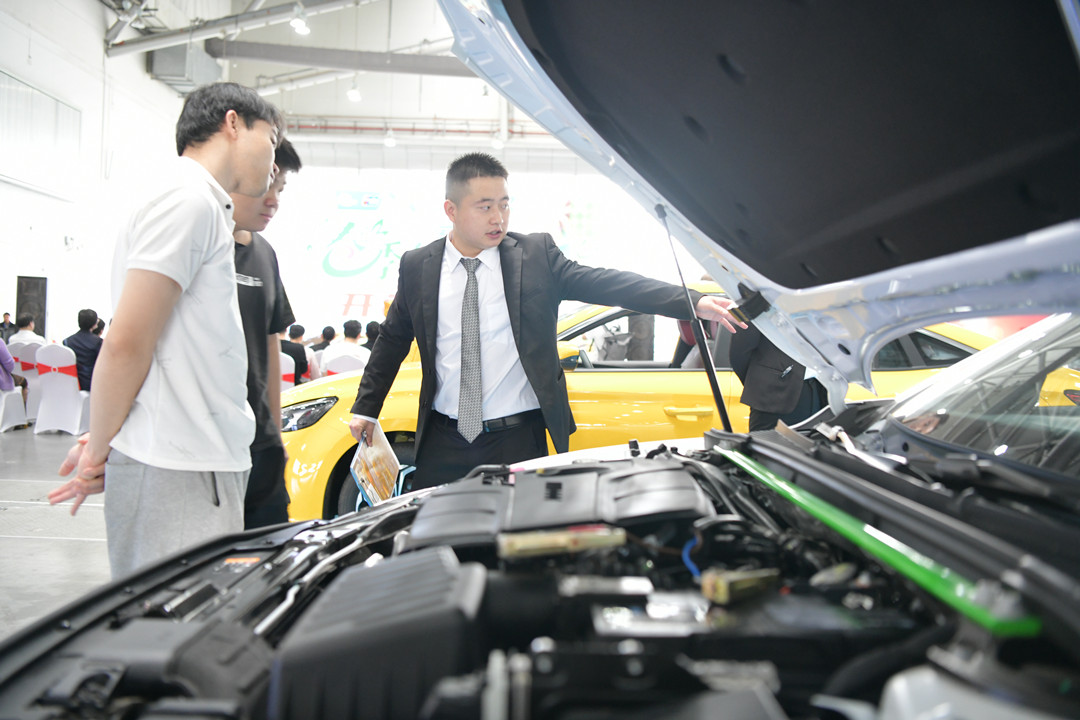Text/Paula
The first model AITO Wenjie M5, which was jointly built by Jin Kang Celeste and Huawei, has made its sound system a highlight, just like other manufacturers’ new cars. Different from the traditional car companies, AITO Wenjie did not choose the mainstream audio systems such as Dana and Harman Kardon, but adopted the HUAWEI SOUND audio system independently developed by Huawei. According to the official introduction, AITO Wenjie M5 car has a cinema-level and theater experience.
HUAWEI SOUND, which registered its patent trademark in 2020, is completely a novice in the car audio industry, so how does this audio system perform in its class? With this question in mind, this paper will analyze the sound configuration of AITO M5 as comprehensively as possible.
First, the model introduction
Wenjie M5 made its debut at Huawei’s flagship new product launch conference in winter on December 23rd, 2021, and was officially launched on February 25th, 2022. It is a medium-sized SUV with extended-range plug-in hybrid power, offering two-wheel drive and four-wheel drive models, and equipped with Huawei HarmonyOS OS intelligent cockpit system. The Wujie M5 was jointly built by Huawei and Jin Kang Celeste. Celeste Automobile is responsible for the research and development, core technology, manufacturing, delivery, service and car experience, while Huawei is deeply involved in product definition, quality control and channel sales.
At present, there are four models on sale, namely, rear-wheel drive standard version, four-wheel drive performance version, four-wheel drive to reach the standard version and four-wheel drive flagship version, and the price range is 25.98-331,800 yuan.
According to the latest information, the first pure electric model of the M5 will be launched in September. According to the previous plan, two models should be brought, and the number of models will be increased to six.
Second, the car equipped with audio overview
According to the information of official website, HUAWEI SOUND sound system is adopted in the M5.
(1) Number and layout of speakers
The rear drive standard version, four-wheel drive performance version and four-wheel drive to Zhen version of Wenjie M5 are all equipped with 15 speakers as standard, and 19 speakers (including 4 private headrest generating speakers for the main driver) can be optional, and the optional price is 6000 yuan. The four-wheel drive flagship edition comes standard with 19 speakers.
Bound M5
Subwoofer
bass
mediant
treble
surround
Headrest (non-standard)
Number of speakers
one
four
three
five
2
four
The 15 vocal speakers include: double voice coil subwoofer *1, woofer *4, surround speaker *2, midrange speaker *3 and tweeter *5. Four drivers’ private headrest speakers have been added to the 19 sounding speakers. Judging from the number of hardware, the M5 is in the leading position in its class.
Nineteen speakers are distributed in five sound zones: left front surround, right front surround, center surround, left rear surround and right rear surround, forming a multi-directional and multi-step speaker layout.
(2) Highlights of M5 audio system:
1, the lowest frequency dive to 30Hz
Audio is generally divided into seven sections: ultra-low frequency (ultra-bass), low frequency (bass), mid-low frequency (mid-bass), intermediate frequency (alto), mid-high frequency (mid-treble), high frequency (treble) and ultra-high frequency (ultra-treble). Generally, 20Hz-40Hz is called ultra-low frequency (ultra-bass).
The range of sound that the human ear can hear is 20 Hz ~ 20Hz~20000Hz, which means that the larger the frequency response range of the sound, the more the details of the sound can be restored, and the human ear can hear richer details. Generally, the lowest subwoofer in the cinema is about 35Hz, while the diving frequency of the M5 is lower, which can create more bass details and achieve the cinema-level bass effect.
The bass part of the M5 is handled by the dual voice coil subwoofer *1 and the woofer *4.
Among them, the dual voice coil subwoofer is an 8-inch subwoofer with dual driving voice coils and independent rear cavity, and its peak power can reach 100W, which means that the bass of the M5 has super explosive power and more impact. The four woofers are four 6.5-inch door woofers.
HUAWEI SOUND adopts bass transient control technology, dual-drive voice coil, subwoofer with independent back cavity, bass dynamic fidelity algorithm, spatial audio technology, etc. At the same time, with the help of the design of closed box, the maximum volume can reach 107db and the lowest frequency of bass can reach 30Hz.
2, 1000W+ peak power
In general, the better the sound quality, the greater the sound power. The power of the 4-speaker stereo of an ordinary family car is about 150W, and that of the 6-speaker stereo is about 200W W.. The higher the price of a car, the better the sound system and the higher the corresponding power. For example, the bose audio power on the 200,000 or so models is about 400W, and a channel of Audi A6 high-grade BOSE audio can reach 560W. The higher-priced HiPhi X can reach 600W W. The M5 can reach 1000W+ peak power, which is also ahead of competitors.
3, 7.1 channel system
The 7.1-channel system of Wenjie M5 is made up of 15 speakers, which is responsible for five sound zones: left front surround, right front surround, center surround, left rear surround and right rear surround. Compared with the 5.1-channel system, the 7.1-channel system has two separate channels, so that the number of speakers in the rear surround can reach four, and at the same time, the sound effect can be optimized according to the passenger’s position, creating an immersive sound field. That is, when playing a symphony in a car, you can hear the directions of different instruments as in a concert hall.
4. Tri-frequency sound
The M5 consists of three speakers, namely treble, midrange and bass, which is usually found in millions of luxury cars. On the technical level, M5 uses active frequency division technology to divide the sound source signal into three channels and supply them to different speakers. Based on the layout of surround speakers, the output sound can finally achieve a fuller and clearer surround stereo experience in the car.
It is worth mentioning that under the optimization of software and hardware, such as double-layer laminated sound insulation glass in the front and rear rows, acoustic sealing of 3M soundproof pad, LASD liquid acoustic damping material on the floor and control algorithm of intelligent electric drive system, the noise inside the car is 38db at idle speed, which provides a rare quiet environment for the play of the car audio system.
Third, the introduction of unique audio brands
HUAWEI SOUND, a high-end audio brand developed by Huawei, is a multi-product audio technology solution brand, which mainly empowers Huawei related brands. There are 6 R&D centers and more than 300 audio engineers around the world. Its products include smart speakers such as Huawei Sound X, and its service targets include: laptops, headphones, tablets, speaker speakers, televisions, car cockpits and so on.
Representative products include Huawei MateBook X Pro equipped with four HUAWEI SOUND microphones and six HUAWEI SOUND speakers, and Huawei Smart Screen equipped with six HUAWEI SOUND speakers.
It is worth mentioning that in the car cockpit, at present, HUAWEI SOUND only serves the brand AITO Wenjie. In addition to the above-mentioned Wujie M5, the cabin sound of AITO Wenjie M7, the second model of AITO Wenjie, is also built by HUAWEI SOUND. AITO Media M7 has 19 professional speakers, supports 7.1-channel music sound field, 1000W independent power amplifier and 107dB bass effect, which is similar to that of Media Media M5.
Fourth, the technical analysis of highlights
At present, HUAWEI SOUND has its own core technology, but it has not been disclosed much. Among them, the three-frequency sound technology is outstanding. Compared with the treble and bass of the two-frequency speaker, the three-frequency speaker has three frequencies of treble, alto and bass, and the sound transition process will be more gentle and soft.
In the M5, three speakers, namely treble, midrange and bass, form a "three-frequency speaker". In the M5, active frequency division technology is adopted to divide the sound source signal into three channels and provide them to different speakers. Finally, it is asked that the M5 high, medium and low tri-band speakers give full play to the greatest advantages of each speaker within their respective frequency response ranges.
In addition, in the newly released M7, the HUAWEI SOUND audio system equipped with it also uses Boom-Boom bass transient control technology, sound cubic space sound effect, distributed pickup and other technologies to restore sound effects, and at the same time, AI noise reduction, ENC active noise reduction and other technologies make the car noise of the M7 as low as 35dB when idling, achieving the quiet effect of the music hall; At 120Km/h, the noise inside the car is only 64dB, and the language clarity is 86%, which creates an extremely quiet environment for the perfect reproduction of the sound inside the car.
V. Comparison of parameters of main competing products
Because the HUAWEI SOUND sound system is only mounted on the car, it can’t enter like other stereos.
Comparison of competing product parameters under the same brand.
The main competitors of M5 are Tesla Model Y, Tucki P7 and Li ONE.
(1) Tesla Model Y
The price of Tesla Model Y is 31.69-41.79 million, and the overall price is higher than that of Wenjie M5, both of which are medium-sized SUV models.
All three models of Tesla Model Y are equipped with 14 speakers as standard, which is one less than the 15 standards of the M5. The layout of Tesla Model Y speakers is as follows: front door, high school, low school *2, rear door, high school *2, alto on the back seat *2, subwoofer on the bottom of the passenger seat *1, all of which are not equipped with headrest audio.
This set of audio system is characterized by good hardware materials, both capacitors and wires are better than most car audio materials. The disadvantage is that the sound insulation of the Model Y car body is not good, and there will be greater resonance when the volume inside the car is large.
Like M5, Tesla Model Y did not choose the current mainstream car audio brand, but adopted the American brand Martin Logan. Martin Logan is the world’s top brand of electrostatic audio. Because of the principle of face-to-face sound, the sound field is particularly wide. Previously, it mainly occupied the home theater market, and its main products included electrostatic speakers and traditional speakers.
Martin Logan has the most difficult patented curved linear source (CLS) technology in the world’s loudspeaker field, which expands the original sound surface and makes the best listening area larger and wider. In addition, it has the exclusive technology of electrostatic cone-basin mixed structure, which can solve the low-frequency problem of electrostatic speakers. The low-frequency is clear and clean, and the bass adopts independent irregularities involving the box, thus avoiding the occurrence of standing waves in the box.
(2) Tucki P7
The price of Tucki P7 is 239,900-429,900 yuan, and the price range is larger than that of the customer’s M5. It is positioned as a medium-sized car. There are 15 models on sale in 2022. The 11 models with lower prices are equipped with 8 speakers as standard, and 18 speakers are optional. The 4 models with higher prices are equipped with 18 speakers as standard. From the perspective of the number of speakers, the customer’s M5 is better.
Tucki P7 is different from the first two, equipped with the mainstream top car audio, and the top Confidence series audio of Dynaudio. Volkswagen, Volvo, Bugatti, etc. all have cooperative relations with Tanner. At present, in addition to Tucki P7, BYD Han EV, Lantu FREE and other models also adopt Tanner audio.
Tucki P7 can be equipped with 18 speakers (optional for low version and standard for high version), with 16+2 layout for 18 speakers and 2 headrest stereos for the main driver. On the other hand, the M5 is equipped with four main driver’s headrest stereos, and the main driver’s audio experience is better than Xiaopeng P7. From the function point of view, both of them can play telephone and navigation sounds independently, and can use different sound sources with other speakers to realize the function that the main driver and passengers do not interfere with each other. Like the M5, the car also has 7.1.2 channels with independent power amplifier, with a total power of 600 watts.
According to the layout, the audio system of Tucki P7 is located on the left and right sides of the instrument panel near the A-pillar, with a liftable treble *2, a vehicle B-pillar and a vehicle ceiling with a treble *2, a 6.5-inch bass *1 on each of the front and rear door panels, a 3-inch alto *5 on the front door, center console and shelf, a 10-inch subwoofer *1 in the trunk, and a 2-inch full-range speaker *2 on the main driver’s headrest.
This set of audio will cause four door panels to resonate when playing audio, and it will also resonate at medium and low frequencies. In addition, this set of audio system can meet the requirements of most car owners for audio systems.
(3) Li ONE
Compared with the competitors mentioned above, Li ONE’s sound system is rather lame. Li ONE has a total of one model with a price of 349,800 yuan, which is higher than the top price of the M5. The whole system comes standard with 12 speakers.
The speaker of Li ONE Audio System is TEAC brand, and its Chinese name is First Audio. Although there is an ASK independent amplifier, the signal output power of the amplifier is only 310W.
Specifically, Li ONE’s 12 speakers are composed of alto, treble, alto and subwoofer. Although there are quite a few speakers, Li ONE’s host software has no systematic electro-acoustic management software, but only simulated surround and HIFI sound mode, which will lead to serious frequency interference and chaotic sound field. In addition, the bass of this system is turbid and the layering is poor, and this sound system is seriously complained by consumers.
From the layout point of view, the windshield and instrument panel tweeter *2, the front door alto *2, the instrument panel middle alto speaker *1, the rear left and right doors, the tweeter *2, the third row seat ceiling surround the speaker *2, and the left 8-inch subwoofer *1 in the rear trunk.
Earlier, Li Xiang claimed that most high-end car audio brands cooperated with car manufacturers, neither producing speakers nor amplifiers, mainly for the purpose of tuning, and even many of them just posted cards. In addition, Li Xiang said that the ideal car does not have an OEM, but makes its own software and comes standard to every car. Therefore, according to the ideal view, Li ONE should not choose to cooperate directly with audio brands, but personally participate in the software level.
VI. Summary
After in-depth analysis of AITO’s M5 audio system, it is found that its audio system is excellent in hardware level and audio experience, ahead of competitors such as Tesla Model Y, Tucki P7 and Li ONE.
However, at the core technology level, HUAWEI SOUND lost to the traditional mainstream car audio manufacturers. However, HUAWEI SOUND is less than 3 years old. With Huawei’s research and development capabilities, I believe that more audio "black technology" will be seen in AITO’s models in the near future.
